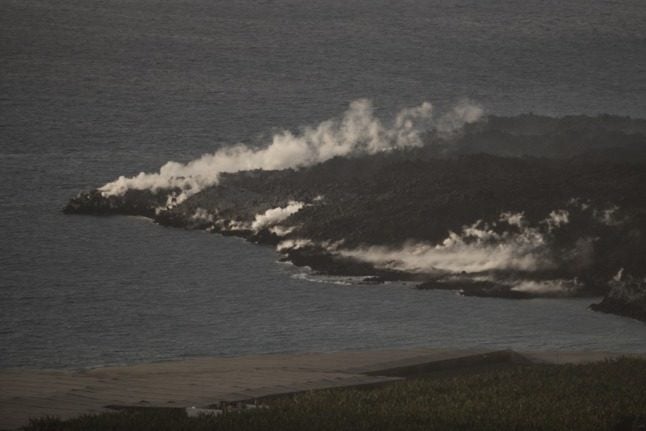In Sweden, a faulty radar at Umeå airport halted air traffic in the north for several hours.
“The problem has now been resolved,” said Bo Lindgre of operator Swedavia.
In neighbouring Norway, airport operator Avinor suspended air traffic managed by its Bodø control centre in the north after a fibre optics problem affected its communications system.
Flights resumed around an hour later thanks to a back-up system, Avinor said in a statement.
Ash from the volcanic eruption has not yet had a significant impact on air traffic in Scandinavia with forecasts indicating that the ash cloud would arrive on Tuesday.
“It looks like it will come in over Swedish territory during the latter part of Tuesday, but probably with a very low concentration,” said Gustav Åström at Sweden’s Meteorological Institute (SMHI) to the TT news agency on Monday afternoon.
The eruption of the Grimsvötn volcano in south-east Iceland is reported to be more extensive than the eruption of the Eyjafjallajökull volcano in 2010 which caused weeks of air travel chaos across Europe.
Sweden’s Civil Aviation Administration (Luftfartsverket – LFV) meanwhile confirmed on Monday morning that aside from flights to Iceland, Swedish air traffic was operating normally.
“The ash from the Grimsvötn volcano is not affecting Swedish air traffic as the situation is now. The Swedish Transport Agency is the authority which would decide on restrictions. The Civil Aviation Administration is following developments,” LFV said in a statement on its webpage on Monday evening.


 Please whitelist us to continue reading.
Please whitelist us to continue reading.
Member comments